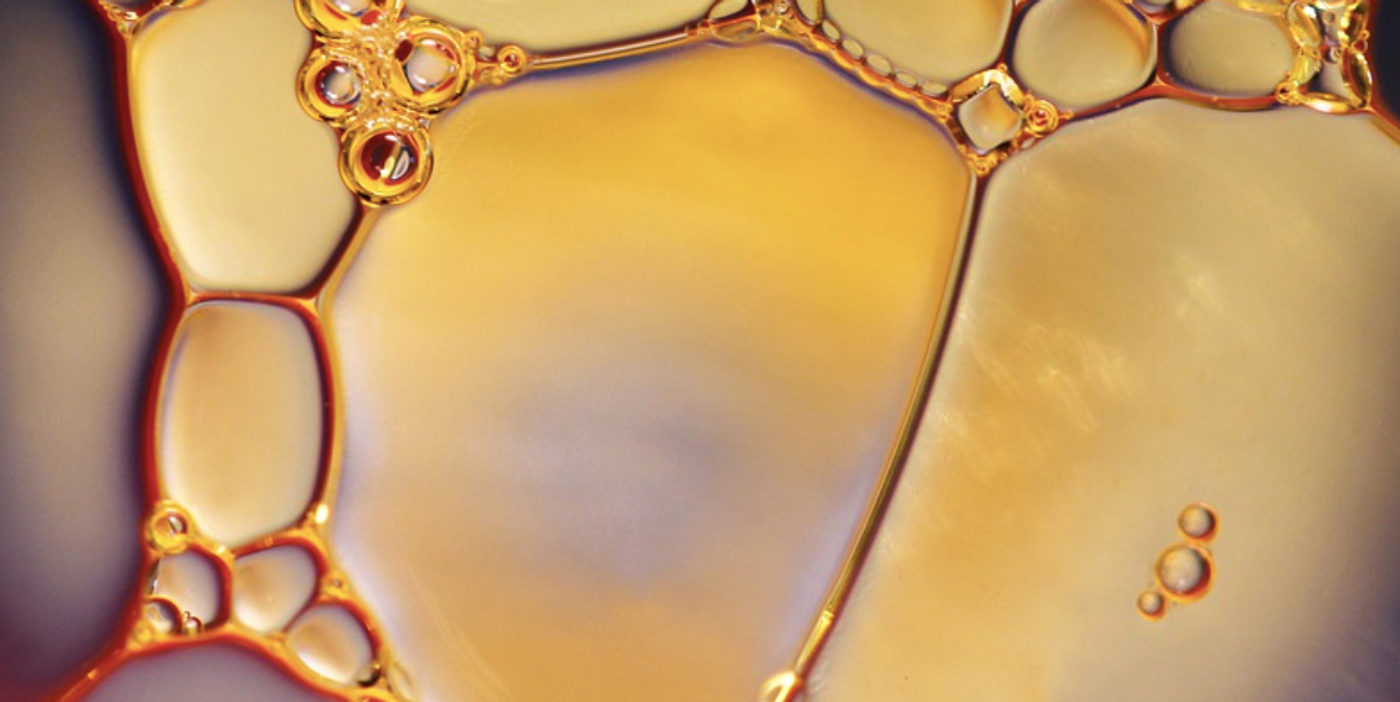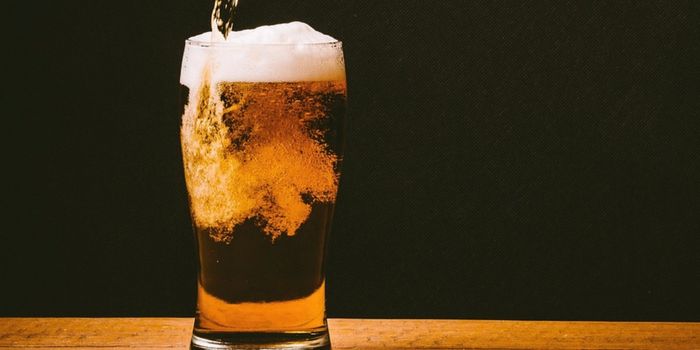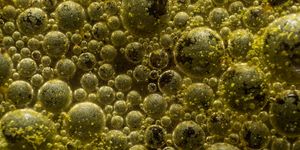Using Microbes to Grow Modular Materials
Microbial growth is everywhere. So can we use it to our benefit? Using the Caulobacter crescentus bacterium, researchers have engineered microbes that grow in slimy colonies and self-assemble as engineered living materials (ELMs). These microbial communities are flexible and adaptable, and could be used to mop up toxic spills that threaten the environment, or trigger biochemical reactions, for example. The work has been reported in Nature Communications.
“We’re making material from bacteria that acts like putty,” said corresponding study author Caroline Ajo-Franklin, PhD, of Rice University. “One of the beautiful things about it is how easy it is to make, merely needing a little motion, a few nutrients and bacteria.”
C. crescentus expresses a protein that acts likes scales, which coat its outer membrane. The scientists altered the bacteria so they secrete a biopolymer matrix; they were engineered to express a version of the protein called BUD (bottom-up de novo). The bacteria that are able to generate ELMs are called BUD-ELMs.
The researchers suggested that cells can be used to grow material, just as trees grow from seeds.“The transformative aspect of ELMs is that they contain living cells that allow the material to self-assemble and self-repair in case of damage. Moreover, they can be further engineered to perform non-native functions, such as dynamically processing external stimuli," explained lead study author Sara Molinari, PhD a postdoctoral researcher in the Ajo-Franklin lab.
BUD-ELMs are can be customized to produce ELMs at a macroscopic scale. “It shows a unique combination of high performance and sustainability,” she said. “Thanks to its modular nature, it could serve as a platform to generate many different materials.”
It takes about a day to grow ELMs in a flask. The material starts as a thin skin, and continuous shaking of the flask promotes growth. After it reachers a certain size, the material stops growing and sinks to the bottom of the flask. Shaking was found to influence the size of the material.
“Partially, we’re looking for the optimal range of material we can get in a flask of about 250 millimeters. Currently it is about the size of a fingernail,” said study co-author and graduate candidate Robert Tesoriero Jr.
These cells are organizing over four orders of magnitude, which is around 10,000 times bigger than one cell, noted Molinari.
The material lasts for about three weeks at room temperature, and can be easily transported without refrigeration. BUD-ELMs could be modified for catalytic, electrical, mechanical, optical, thermal, and transport applications, suggested Ajo-Franklin.
“There’s a lot of room to play around, which I think is the fun part,” Tesoriero said.
The researchers are also interested in whether they can modify other microbes in this way, and how to apply BUD-ELMs.
“One of my dreams is to use the material to remove heavy metals from water, and then when it reaches the end of its lifetime, pull off a little part and grow it on the spot into fresh material,” Ajo-Franklin said. “That we could do it with minimal resources is really a compelling idea to me.”
Sources: Rice University, Nature Communications










